The Importance of Our Spinal Curves
From a side view, our spines are not straight. They possess this elongated S-shaped spinal curve. We can break it down into four smaller curves. The c-shaped curves of the neck and low back are called lordosis. The reverse c-shaped curves of the mid-back and tailbone are called kyphosis.
These curves allow for flexibility as well as support to our body. They keep us balanced and help us stand upright. Our spinal curves give our spine spring-like properties, allowing for shock absorption. If our spine was straight from top to bottom, it would likely experience a lot of stress and tension. It would take on significant wear and tear from constant vibration, twisting and compression.
Maintaining our spinal curves is therefore important. Our activities of daily living can have impacts on the shape of our spine. This can contribute to too much or more often not enough mobility which in turn can cause altered function and pain.
Neck curves
Let’s talk a little more about our neck curve, also known as our cervical lordosis. The cervical curve consists of the first seven vertebrae of our spine. It starts at the base of our skull and goes to the base of our neck. This is a secondary curve, which means we weren’t born with it. It develops as we start to gain head control as babies. Normally, this curve should possess a c-shape from top to bottom, measuring 20 to 40 degrees. Having a normal curve allows for optimal neck range of motion and mobility. Our heads can be held up without being too heavy. Our joints and discs aren’t compressed; our muscles don’t have to work too hard. The nerves that come from our neck to communicate with our upper body have the space they need.
lifestyle and impact on neck curves
However, our neck is subject to many stresses daily that can impact the shape of our curve. This is where bad habits, lifestyle and work or school play a big role. We live in a world where everything happens in front of us. Using our computers, laptops, tablets and phones typically causes our heads to lean forward. On top of that, when we drive or sit at a desk, we reach ahead, causing even more rounding of our shoulders and upper back.
Our spine and muscles now have to hold on to a head that is leaning forward and has become much heavier. Our head weighs about 11 pounds. Tilting forward by only 15 degrees can put 27 pounds of pressure on our spine. Depending on how far we lean forward, this poor posture can create up to 60 pounds of pressure on our spine. Sixty pounds! That’s the weight of four bowling balls! In time, this added pressure becomes chronic leading to neck and upper back pain, strain, tension and headaches. We may start to feel achiness in our shoulders, arms and even our jaw.
What is a text neck?
We can’t go on without talking about text neck. Yes, it’s a thing. Text neck is the term used to describe neck strain and pain experienced from looking down at your cell phone, tablet, or other device too often and for too long. This is not an adult-only syndrome. As we are all glued to our technology, we are seeing neck strain and pain in kids as well. In a recent study that evaluated neck pain in children and youth, all participants spent five to seven hours on their phones and handheld devices. They all had their neck bent forward at an angle greater than 45 degrees. They all reported having neck pain for more than six months that travelled down the back of the neck and shoulders. The constant forward head carriage at a young age can significantly negatively impact our spinal curves and our spinal health.
Symptoms associated with text neck include:
- Upper back or neck pain and tension when using a handheld device.
- Nagging or sharp pain in the neck or shoulders as the day progresses.
- General shoulder and chest pain and tightness.
- Intermittent or constant headaches are made worse when looking down at a device or using a computer.
- Numbness and/or tingling in the arms or hands.
Next steps
Our spinal curves are there and develop for a reason. They are important to how we move, how we perform and how we feel. We want to prevent the straightening of our spine and the loss of our normal and healthy curves. That has to start at an early age. Focusing on good posture while limiting the use of devices is key. Keep your spine moving well with regular exercise and stretches. Take care of your spine with chiropractic care and massage therapy. Talk to your chiropractor about ways to improve your posture and maintain healthy spinal curves. Visit us online for more information or call us to book an assessment with our MSK expert team at our Byward Clinic (613-860-8600) or our Glebe Clinic (613-237-9000).


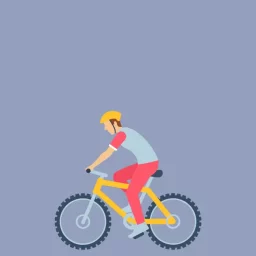
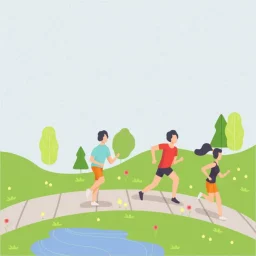

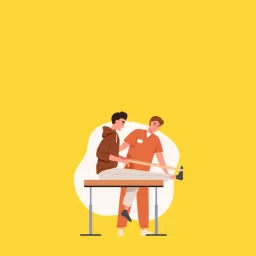
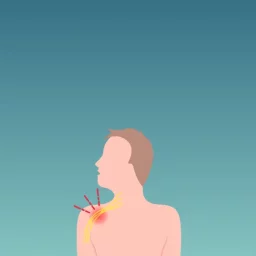
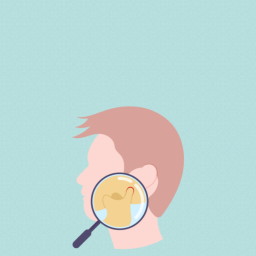




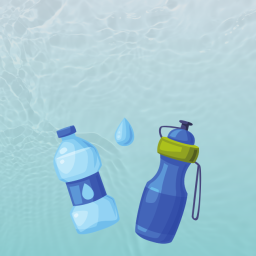




[…] Chiropractic Posture 101: Upper and Lower Cross Syndromes By CURAVITA Health Team Chiropractic Curavita Massage Physiotherapy Wellness December 27, […]